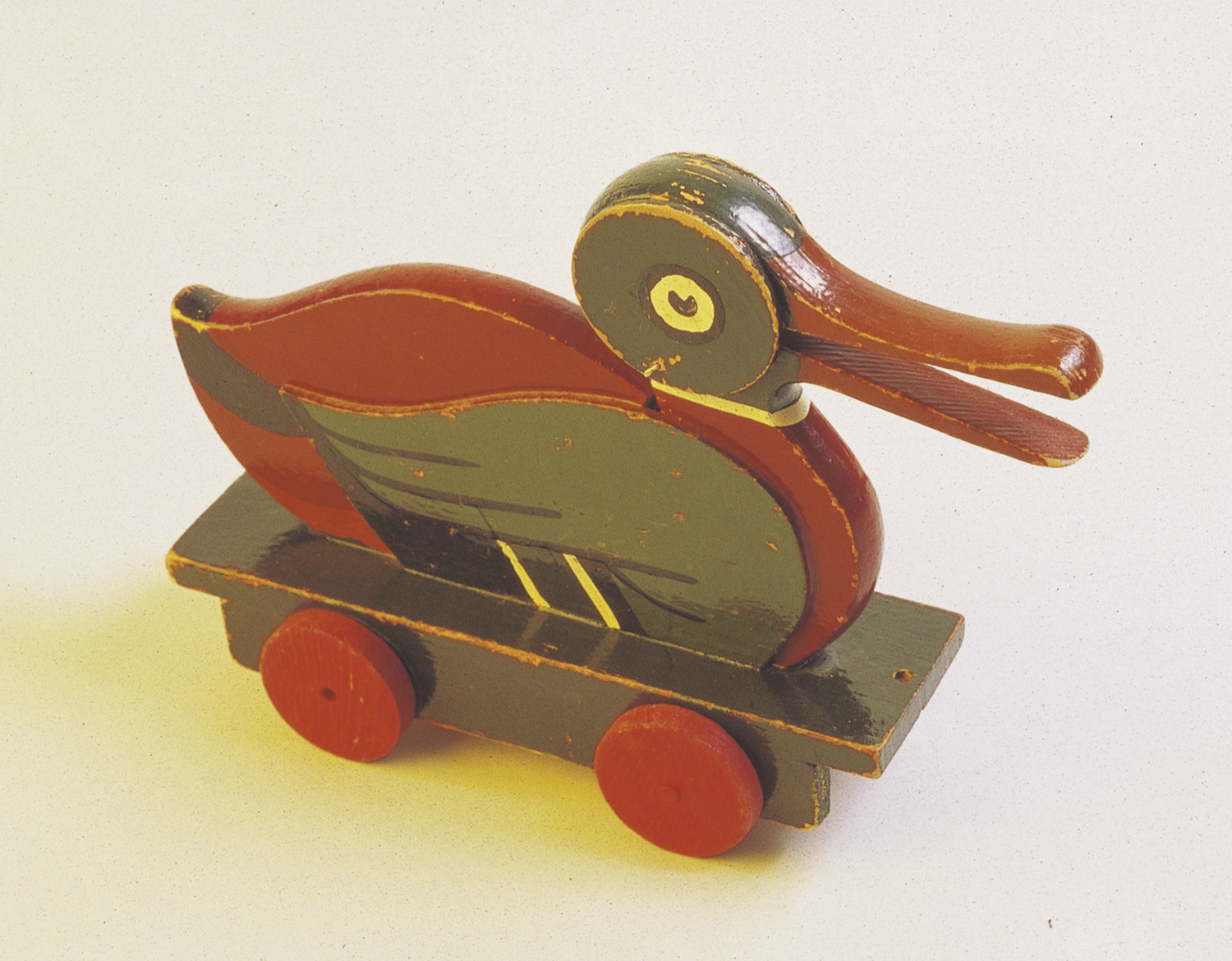As I took this in and realized how important the Marketing
Department is at LEGO, I wanted to take a look at how LEGO’s innovation has
created a customer. Drucker believed
that the ultimate purpose of any business was not to make a profit; rather it
was to create a customer.
 |
| First LEGO Wooden Toy |
LEGO started in Denmark in the 1930s by a master carpenter,
Ole Kirk Kristiansen. He manufactured stepladders,
ironing boards, stools, and wooden toys. In the 1940s, LEGO was the first in Denmark to
buy plastic injection-molding machines for their toy production. This was innovative at the time as the
competition was producing wooden toys and the plastic material allowed LEGO to
be more durable than other toys. In
addition, in the 40s they introduced their trademark look and play of the
binding brick pattern. This allowed
consumers to create and build as they wish, which was innovative in Denmark at
the time. This new play pattern created
new customers to the toy market, which grew the LEGO brand.
Within the 1950s LEGO fine tuned their brand in order to
market a larger audience. LEGO wanted to
stay innovative and ahead of consumer demand.
Thus, they started to create new sets that allowed free-build
capabilities instead of providing a book with instructions on how to build a
set. This allowed creativity to flow
within customers and inspired customers to build real-life cars, buildings,
etc., out of LEGO. Also, in the 50s,
LEGO turned into a global brand selling to their first foreign accounts and
creating customers outside of Denmark.
As LEGO continues to grow and inspire builders of tomorrow,
they still understand how important innovation is to their success. Over the last three years LEGO has produced two
play lines called Ninjago and LEGO Friends.
Ninjago has been extremely successful and for the first time LEGO
partnered with Cartoon Network to create a TV series, which became the highest
rated TV series in Cartoon Network history.
LEGO Friends has seen its share of critics, yet it remains a strong
category for Girls. LEGO research
concluded that Girls wanted to play with LEGO just as much as their brothers,
so they created a line tailored for them.
This again was innovative for LEGO as it was the first line produced for
Girls that was a building set. The
typical Girls toy is a doll or a plush animal, so being innovative here created
a need within Girls and thus created new customers. As Drucker mentioned, being innovative is one
function of a successful business and I can clearly see that working at LEGO.
No comments:
Post a Comment